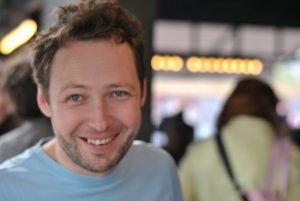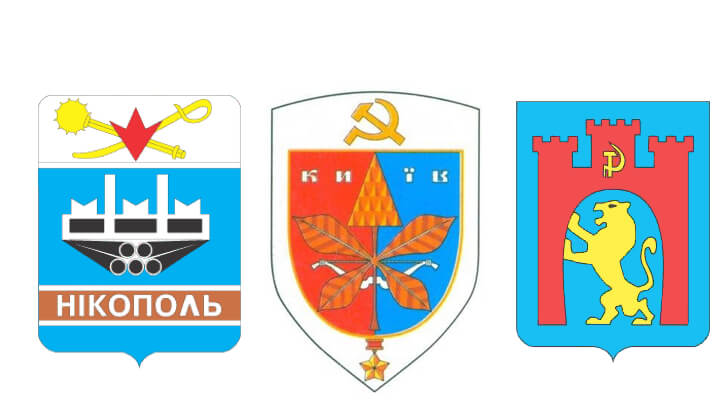Participatory Patriotism. How Post-War City Symbols Became a Challenge to Soviet (symbolic) order
Yevheniy Manzhurin
Higher School of Economics, St. PetersburgDecember 10, 2015 / 6.00 pm
Center for Urban History, Lviv
Urban emblems and logos, that appeared in the USSR during the late "thaw" and were accepted by local authorities without any interference from the central powers, in fact, marked the penetration of local authorities into areas that remain inaccessible until recently, which, in turn, challenged the authority of the central government. Their ambiguous legal status allows one to see how far such an unsanctioned initiative could go and how harshly the central government controlled the local governments.
A deep analysis of several cases (Lviv, Kyiv, Lithuania, Penza, Perm) allows one to also touch on the topic of Soviet subjectivity. Ideologues and authors of Soviet urban symbols, in their creativity reflect an alternative view of what it means to be a Soviet person, and their views differ from the models proposed from above. Regardless, the Soviet person becomes endowed with ever increasing, more than before, rights and increasingly is ready to defend these rights, while proposing an alternative understanding of what is local and regional in Soviet space history, and memory.
In his lecture, the researcher will explore the practices of conceptualizing and appropriating soviet space and what role local players had in shaping regional and national political memory, distinct from those imposed by the authoritative discourse which eminated from the central government. Local understanding of space and time normalized and rehabilitated the pre-soviet history of the city, incorporating, where possible, elements of the old symbols into the Soviet city seals, and sometimes, instead of their advertised purpose of develoing Soviet patriotism, they became instruments which nationalized regional policies, social life and culture.
Historian, specializing in the history of post-war USSR. Postgraduate at the Higher School of Economics, (St. Petersburg), researcher at the Center for Historical Research, Higher School of Economics, St. Petersburg, participant of the European University of St. Petersburg’s Center for Research and Technology Studies’s “Ethnography of the Hermitage” project. Yevheniy Manzhurin’s dissertation project is devoted to grassroots initiative for the creation of urban symbols that unfolded in the USSR during the reign of Khrushchev and Brezhnev.
Yevheniy Manzhurin
At The Center for Urban History he is working on research related to”Symbolic Appropriation of Soviet space: Soviet city symbols (1964-1985) and their creators”
